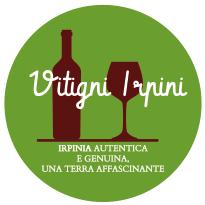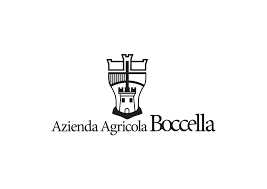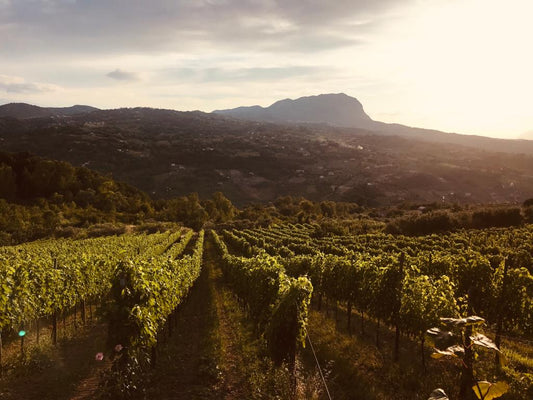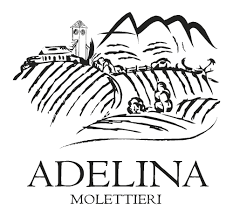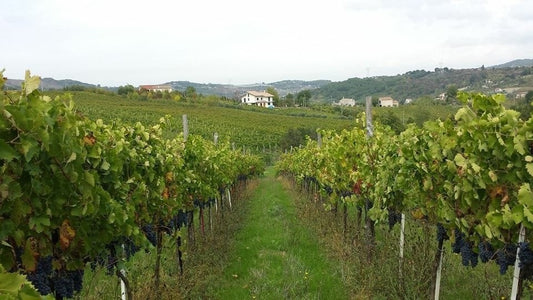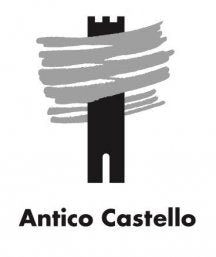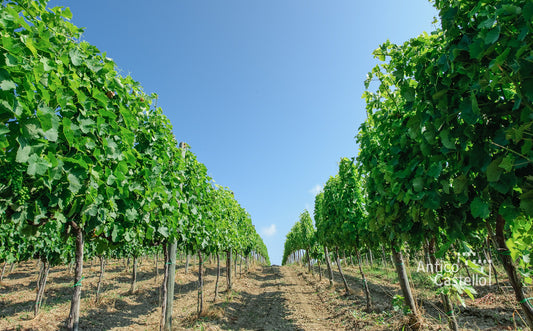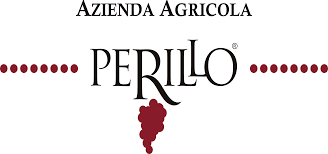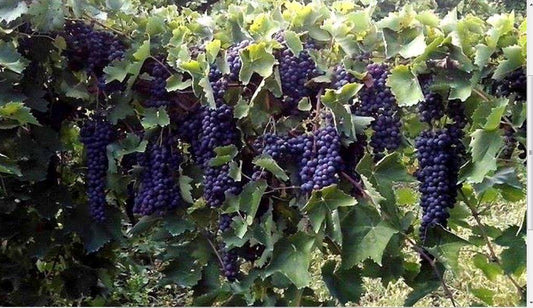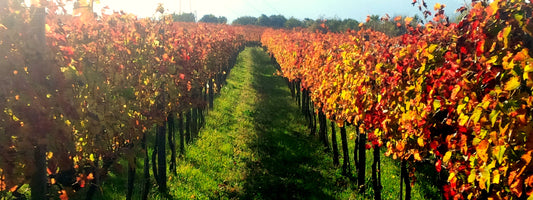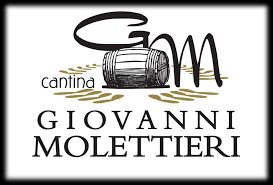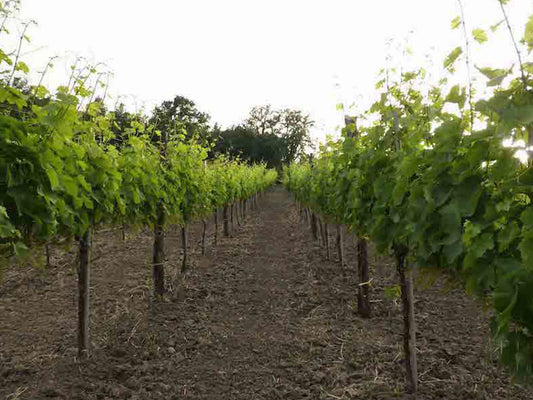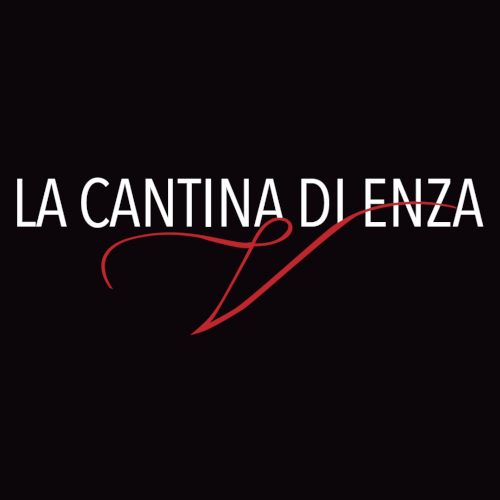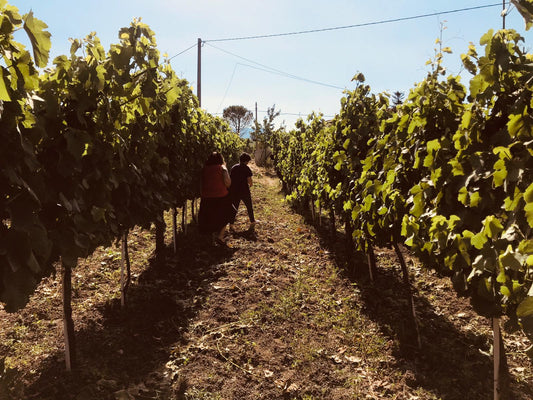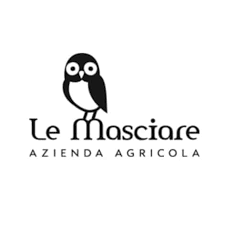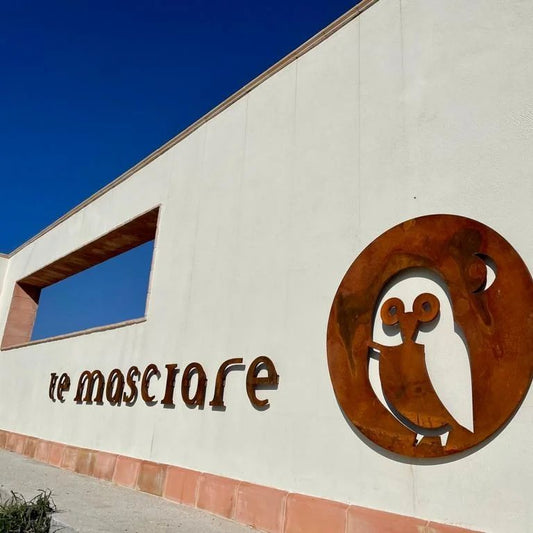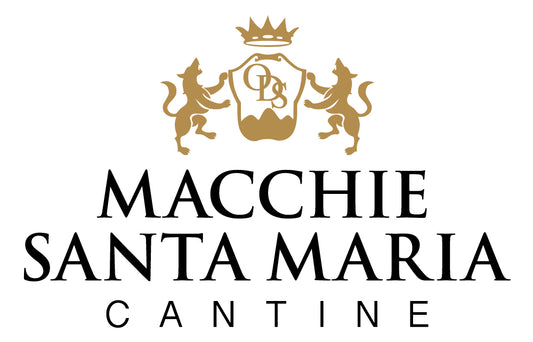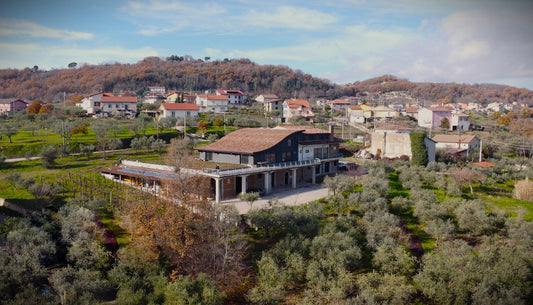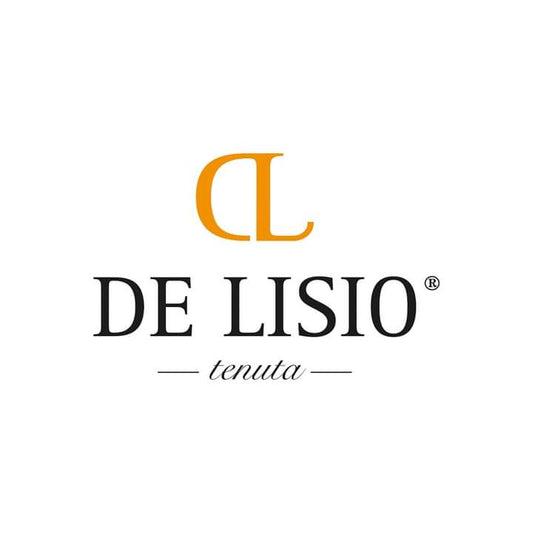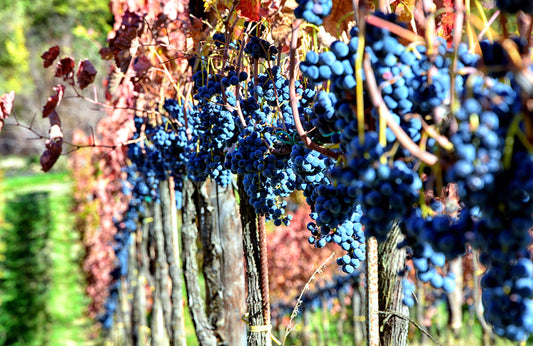Aglianico from Taurasi , from which the Taurasi derives DOCG , Cultivated in the heart of Irpinia, that is the province of Avellino, where it embraces a series of hills or foothills.
Taurasi is vinified, as per disciplinary, in 17 municipalities: Taurasi, Bonito, Castelfranci, Castelvetere sul Calore, Fontanarosa, Lapio, Luogosano, Mirabella Eclano, Montefalcione, Montemarano, Montemiletto, Paternopoli, Pietradefusi, Sant'Angelo all'Esca, San Mango sul Calore, Torre Le Nocelle and Venticano.
To be regulated, the Taurasi DOCG is released on the market after 3 years. Some wineries prefer to have their Taurasi released on the market 4 to 10 years after the harvest; just for a perfect conservation in the cellar. Taurasi is a fine and long-lived wine.

The western one is characterized by the presence and prevalence of varicolored clays in the territories of Venticano and Pietradefusi; of those same clays and calcarenites, in those of Montemiletto and Torre le Nocelle: in the latter, there is also the Ignimbrite Campana. Varicolored clays, with interspersed stone, variously extended and powerful, characterize the territories of Lapio and Montefalcione, in correspondence of which there is "overlap" with the area of Fiano di Avellino.
In the eastern sector, polygenic conglomerates, with sandy and sandy-clayey intercalations, with local detrital coverings, are the typical lithology of the areas of Luogosano and Paternopoli. Lightly cemented sandstones, with conglomeratic horizons at the base and calcarenite, arenaceous and pelitic interactions, at various levels, emerge in the territories of S. Mango sul Calore, Castelvetere sul Calore, Montemarano and Castelfranci.
The north-eastern sector embraces the territory of Bonito, within which they are present
poorly cemented sandstones and clayey sands and sands and sandstones with pudding levels; those of Mirabella Eclano and S. Angelo all'Esca see the emergence of sands and sandstones with layers of puddinghe: the varicolored clays are a subordinate “element” in the former; eluvial coulters mixed with volcanic elements sensu lato, very altered, cover, with various extensions, the second. In the area of Fontanarosa, on the roof of varicolored clays, sandstones and clayey sands emerge; in that of Taurasi, the pelites themselves show coverage, even very extensive, of cinerite and lapillus deposits, as well as of eluvium mixed with volcanic elements sensu lato, very altered.

Climate
The climate is typical of the hinterland areas, characterized by strong thermal excursions and low rainfall. The thermal, hydrometric and anemometric conditions that characterize the area are almost ideal for a maturation process characterized by gradualness and balance between sugar content and acidity, allowing the obtaining of fine winemaking productions.
This favorable situation is clearly due to the geographical position and the orography of the territory. The climatic trend, both from a thermal and precipitation point of view, is strongly influenced by the numerous hectares of woods that cover the mountains that characterize the surrounding environment and which prevent overheating. In general, the winter climate is rigid, not infrequently there are snowy precipitations, as the summer climate is quite mild.
Taurasi it is not the wine of an area of great winemaking tradition, which includes 17 municipalities of Irpinia that make up the production area, but the millenary living source of the intimate socio-economic union established since ancient times between the land, wine and man in Irpinia. Excellent result of a perfect blend of unique and non-repeatable ingredients: the land, the climate and the grapes of the luxuriant vineyards of Aglianico located on the beautiful Irpinia hills, between 400 and 700 meters above sea level, the high quality of the Taurasi productions and their diversification, according to the terroir of origin of the individual wines, offers the consumer a wide but difficult choice of qualitative excellence. Inseparably linked to the natural environment of origin, which dictates its nature, and to the human environment that imprints it in wines of unique quality, Taurasi plays an important role in the context of tangible goods, an expression of that environmental character that is condenses and becomes explicit: a symbol of safety, an expressive refuge from the harshness of a natural environment that is not fertile and is always able to evoke feelings of mystery and fear. Evidence of the constant presence of the vine as an economic sustenance of local populations is given by the bibliography which deals with the social and economic evolution of the area in the period between the Middle Ages and the nineteenth century. In the nineteenth century the wine-growing activity of the entire province, with a production exceeding one million hectoliters widely exported, and of the TAURASI area, are the economic backbone of the agricultural economy of the years and of the social fabric so much to bring to the construction of the first railway in Irpinia, shortly thereafter properly called the "wine railway", which connected the best and major wine production centers of the Colline del Sabato and Calore directly with the major Italian and European markets. In particular in the production area, still today, there are the stations of Taurasi, Lapio.
The establishment of the Royal School of Viticulture & Enology of Avellino contributes to making the area one of the most important Italian wine-growing centers, which will be the architect of the dissemination of numerous scientific observations on TAURASI wine.
The presence of the School, as an engine of socio-economic progress, will lead the Avellinese wine industry to become one of the first Italian provinces for wine production and exports, mainly to France, as sources show.

Historical factors
Of fundamental importance are the historical - anthropological factors linked to the production area, which thanks to a consolidated tradition have contributed to obtaining TAURASI wine. Aglianico di Taurasi, a very ancient vine, probably originating in Greece, was introduced in Italy around the 7th-6th century BC. There are no certainties about the origins of the name, which could date back to the ancient city of Elea (Eleanico), on the Tyrrhenian coast of Lucania, or be more simply a distortion of the Hellenic word according to which the original name (Elleanico or Ellenico) became Aglianico during the Aragonese domination during the 15th century, due to the double l pronounced in Spanish phonetic usage. The name of the wine originates from the historic and ancient arx Taurasia, one of the twenty-one countryside towns founded by the Irpini, a population federated with the Samnites. Arx is not a real city, as it is
exclusively seat of the market, site dedicated to the administration of justice, to the celebration of sacrifices, place of gathering in times of peace and shelter from enemy offenses in case of war, the inhabitants, however, live scattered in the surrounding area, grouped in the neighborhoods and in the pagi, to which the current hamlets and hamlets correspond, connected by numerous roads, which populate the hills of Calore and which are, even today, the current productive area of Taurasi.
Taurasi is the fulcrum of significant historical events, destroyed and rebuilt several times throughout its history. It will be destroyed by the Romans in 268 BC and here and in the surrounding Campi Taurasini (“Ager Taurasinus”); this area, still today, is the unchanged area of the Taurasini Fields and corresponds to the wine production area
Taurasi.
The first known document dates back to 1167 AD in which it is mentioned that the vine grown in Taurasi is called by the Spaniards "Aglianica"; and it was the Spaniards who, due to their pronunciation, transformed the name of the vine Ellanico or Ellanico into Aglianico. In 1898 Strafforello wrote: “In good years wine is very abundant and a lot of it is exported to the neighboring provinces, mainly with the names of wine“ Taurasio ”and others. The best is harvested in the municipalities of Taurasi ”.
The modern rebirth of Taurasi dates back to the nineteenth century, when Irpini wines became the support and salvation for the many wine producers of northern Italy and France, whose vineyards had been destroyed by the phylloxeric scourge. In Taurasi the "Wine Railway" was so named because of the large quantity of wine that left the port towards the north of the country and especially Bordeaux

At the end of the last century, in 1878, the far-sightedness and the great culture of Francesco De Sanctis had led to the establishment of the Agricultural Institute of Avellino with an oenological address and this choice meant that the extraordinary varietal and technological potential was not lost, but safeguarded and valued and to this day the Institute produces expert agronomists and oenologists, who, grafting, pruning, sulfurizing the vines and making wine personally, have safeguarded a heritage
ampelographic that still remains almost unknown today.

WHAT THE PACKAGE "ADOPTS A VINE" INCLUDES, valid for 12 months.
CERTIFICATE OF ADOPTION
You will receive the Pact of Adoption for the area and winery you have decided to adopt directly to your home.
PRODUCTS
3 bottles immediately for you for the vintage on the market, 6 bottles produced by YOUR VINE that you will receive when they come out on the market; following the rules, the times provided for by the Regulations and the winery policy.
PERSONALIZATION
Personalized bottles for the 6 bottles produced by your Vine.
GADGET
Together with the initial shipment of the 3 bottles and the parchment of the pact of adoption, a gadget will also be sent to you.
Bed and breakfast
1 Night for 2 people in the structures in Irpinia; based on availability we will choose the structure near the cellar. The arrival must be arranged with us at least 1 month before; we usually recommend the summer or September-October in order to see the magic and colors of the vineyard.
TASTING
Tasting of typical products with wine pairing, for 2 people, in the cellar of your choice when purchasing the "Adopt a vine" package.
DISCOUNT
You will receive, by email, a 10% discount code to purchase all the products you want on our Wine Shop Online.
Below, in the photo, a facsimile of the adoption pact

Name and surname of the adopter on the header of the adopted row and on the certificate of adoption, with the possibility (during the purchase phase) of donating the row to third parties. So the name will also be recorded on the personalized bottle.
What is the best gift for a wine lover? Not just giving a bottle of wine, but directly giving the adoption of a row.
Constant updates on the various stages of processing, from the birth of the vineyard to bottling, to follow the history of your wine step by step.
